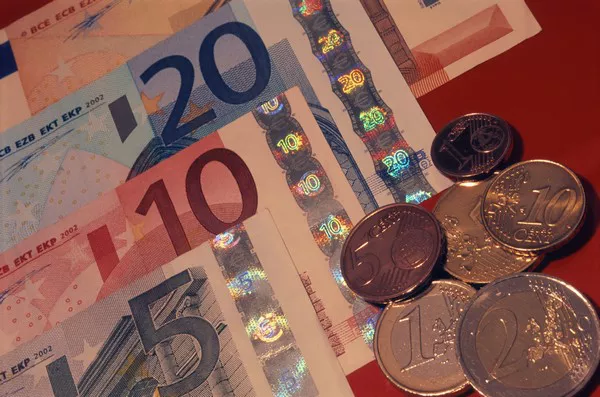In early European trading on Wednesday, EUR/USD retreated from its intraday high to 1.0730 after the release of pessimistic data, and the correction rebound from the lowest level in three months subsided. The dollar’s retreat failed to boost the pair amid concerns about a recession in the euro zone and rumors of a soft landing in the U.S. economy. Even so, cautious market sentiment ahead of the release of Eurozone retail sales for July and the U.S. ISM Services Purchasing Managers Index (PMI) for August has spurred bears on the pair.
German factory orders in Germany fell by 11.7% year-on-year, the largest decline since the beginning of 2022. It is expected to fall by 4.0%, and the previous value was revised upward to increase by 7.6%. However, the monthly rate fell by 10.5%, and the previous value was revised up from 3.0% to 3.3%.
At the same time, the Eurozone’s July PPI data released the day before yesterday performed poorly, and the European Central Bank’s monthly survey of consumer inflation expectations also reflected economic concerns.
Notably, upbeat details on U.S. factory orders and comments from Federal Reserve (FED) officials defended dollar bulls, even as a pullback in U.S. Treasury yields gave them pause. On Tuesday, U.S. factory orders in July fell to their lowest point since mid-2020, down 2.1% month-on-month, compared with expectations of -0.1% and the previous increase of 2.3%. However, orders excluding shipping rose 0.8% on a monthly basis, cargo shipments remained firm and inventories rose for the first time in three months. Still, Federal Reserve Governor Christopher Waller’s defense of hawkish monetary policy in an interview with CNBC and Cleveland Fed President Loretta Mester’s refusal to cut interest rates have been positive for the dollar. long.
Elsewhere, concerns about more stimulus measures for China’s real estate sector appeared to be fueling gains in property stocks, especially on the back of Country Garden’s avoidance of default, according to Chinese media reports. This also appears to be a key catalyst in challenging the market’s previous risk aversion, providing support for EUR/USD.
Against this background, European and American stock index futures fell slightly, following the performance of U.S. stocks overnight. The U.S. dollar index is hovering at its highest level since March 15 and is currently near 104.80.
More details on a soft landing in the US and a recession in the euro zone are in focus to provide clarity.


